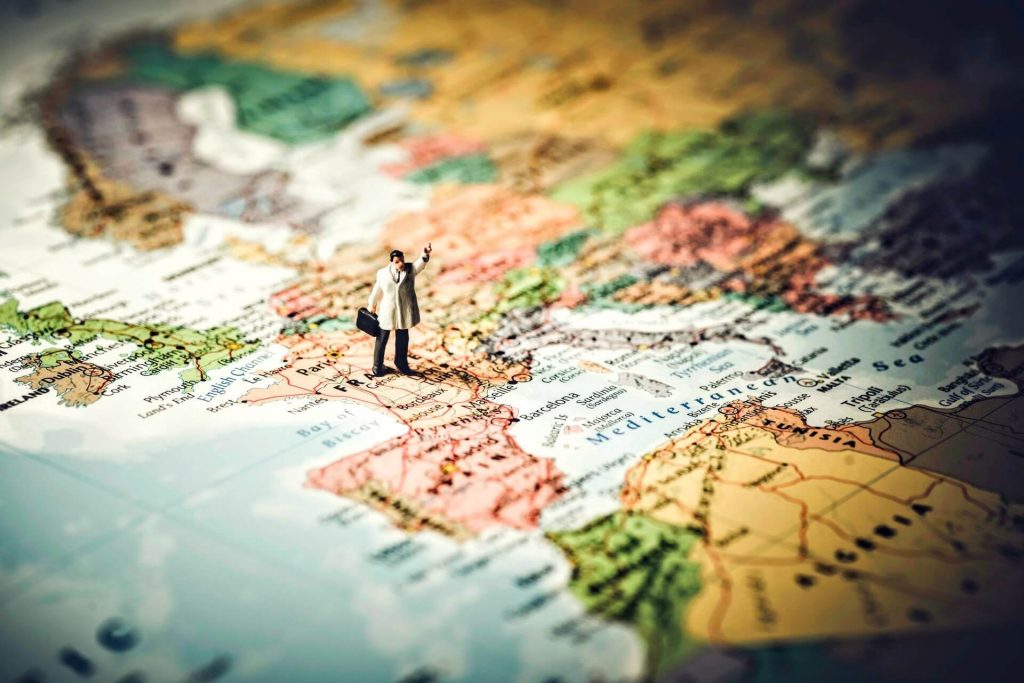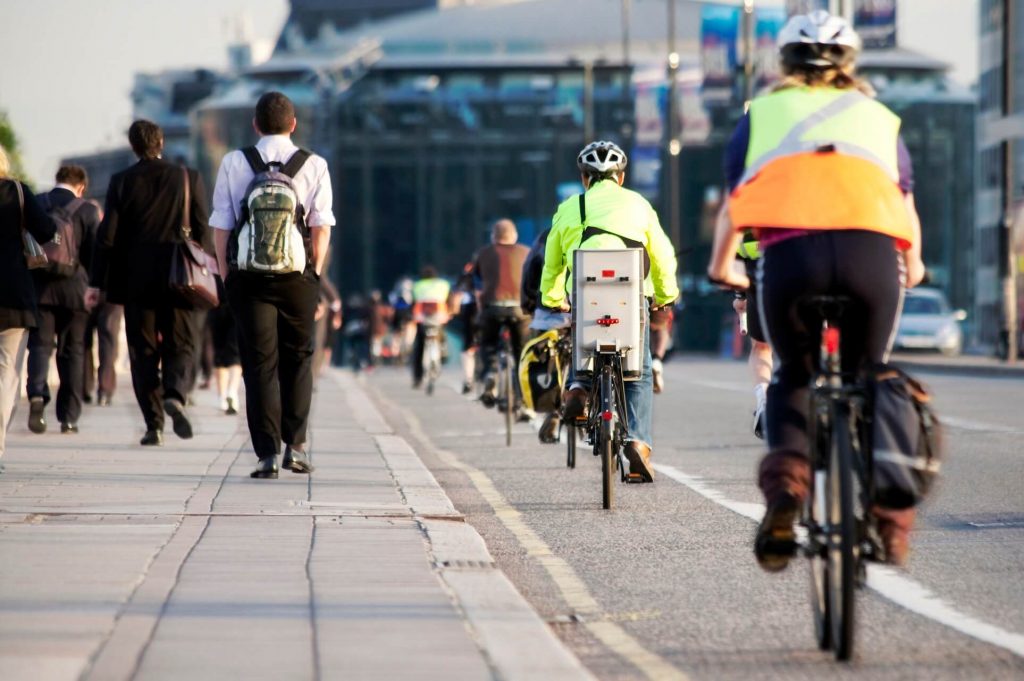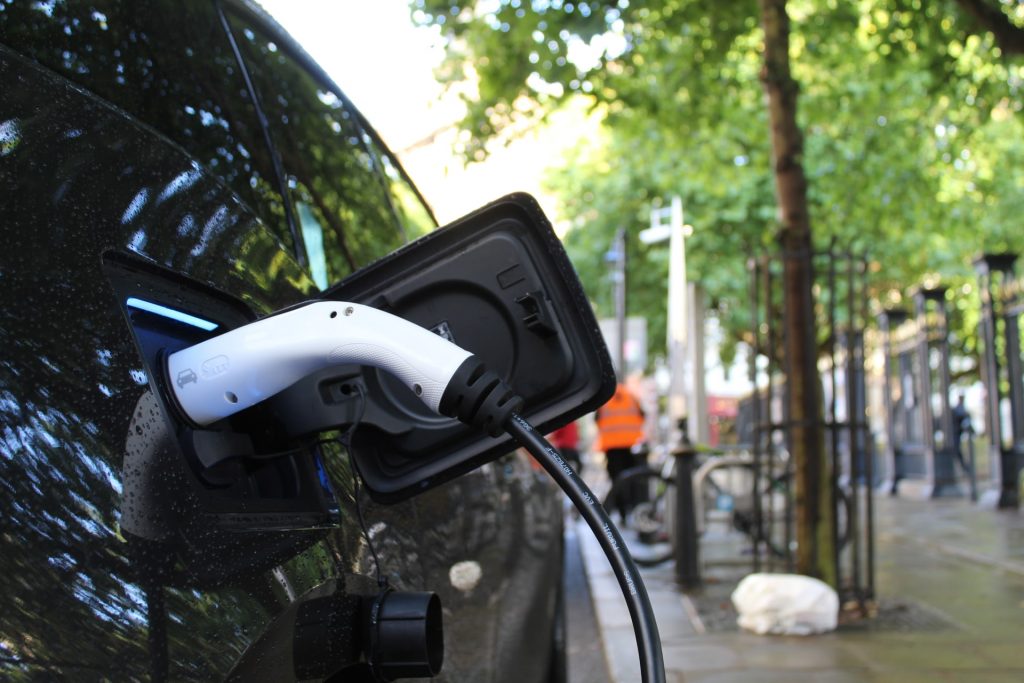Personal travel and transport are some of the largest sources of greenhouse gas emissions globally.
Whether it’s the daily commute, visiting friends and family, or a well-earned holiday in the sun, how we get from A to B is a key part of sustainable living.
Thankfully, there are plenty of ways to reduce your footprint and find greener ways of getting around.
Drive Less
Driving is many people’s go-to method of transport, but often there are many more sustainable alternatives.
Walking and cycling are the best of the bunch, with a major global push toward more pedestrian areas and cycle lanes in towns and cities around the world.
Bicycle and scooter rental apps are available in most major cities and are a great green option for those who don’t want to invest in there own. Many employers also offer some kind of Bike to Work scheme to help cover the cost of a new bicycle.
Public transport continues to provide a great alternative for those longer distance journeys, allowing people outside of cities to travel sustainably as well.
Even if driving is your only option, you could try carpooling or use rideshare apps as a way of making your trip more sustainable.
Jump over to my Energy Savers post to find more ways to reduce your carbon footprint.
Work From Home
Why not cut out the commute altogether?
Check with your employer about the possibility of working from home a couple of days a week.
It might not suit everyone, but for those who can work remotely, it can save time, money and greatly reduce environmentally impact.
Fuel Efficient Driving
When you have no option but to drive yourself, try to practise fuel efficient driving techniques.
Speed up and slow down gradually so that you don’t have to constantly brake and accelerate, as these two actions contribute most to your fuel consumption.
Avoid rush hour and try to maintain a constant speed to save money and fuel.
Electric, Hybrid and Fuel-Efficient Engines
This is more a long-term decision than a habit, and may not be a possibility for everyone.
But if you are in the market for a new vehicle look out for hybrids and electrics, as well as vehicles with good fuel efficiency.
Also be sure to check out second-hand vehicles instead of going for a brand-new model.
Plan Your Trips
If you do need to do some driving, try to be economical with your miles.
Combine your trips into one where possible so that you’re not wasting fuel going backwards and forwards all day.
Google maps, or another route planner, can help you plan trips in the most efficient way.
Travel Directly
Going from A to B via C will use more fuel than a direct route, and this holds true for any kind of travel.
It’s especially true for air travel, where stopovers and connections are common place.
Bear in mind that the most fuel-intensive parts of any journey are the take-off and the landing. So look for flights with as few connections as possible to reduce the environmental impact of your trip.
Pack Lightly
Whether you’re travelling abroad or staying local, try to pack lightly when possible.
The fuel efficiency of a plane, train, car or pretty much any other vehicle is highly dependent on the weight it’s carrying.
If everyone on every flight made an effort to pack lighter, we would see huge savings in carbon emissions.

Travel Locally
Not every holiday has to be long haul flight to the other side of the world.
A holiday in your home country can be just as relaxing and enjoyable as going abroad.
Plus you have the added bonus of knowing that your break is going to be much kinder to the environment.
And there’s nothing like a staycation to make you appreciate the culture, history and geography of your own back yard!







